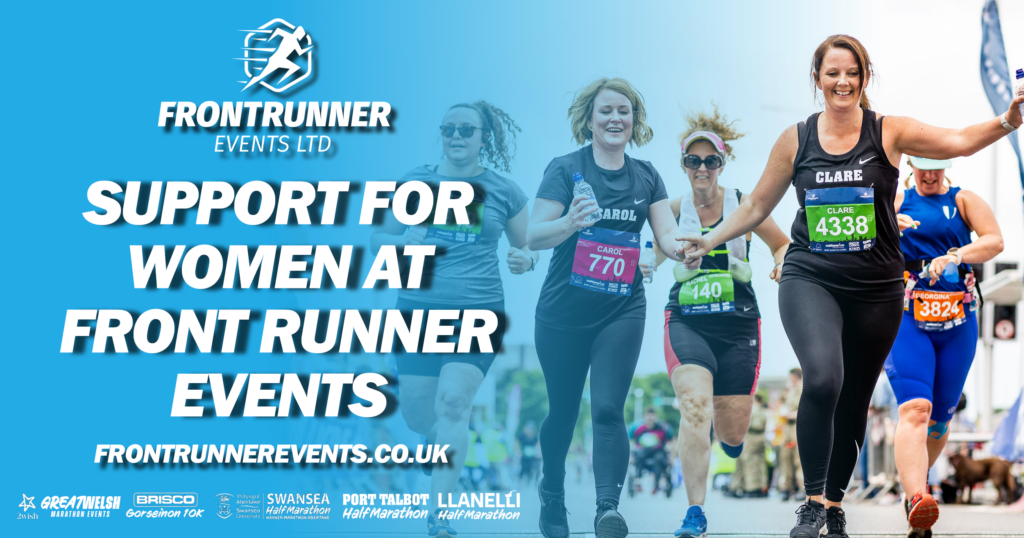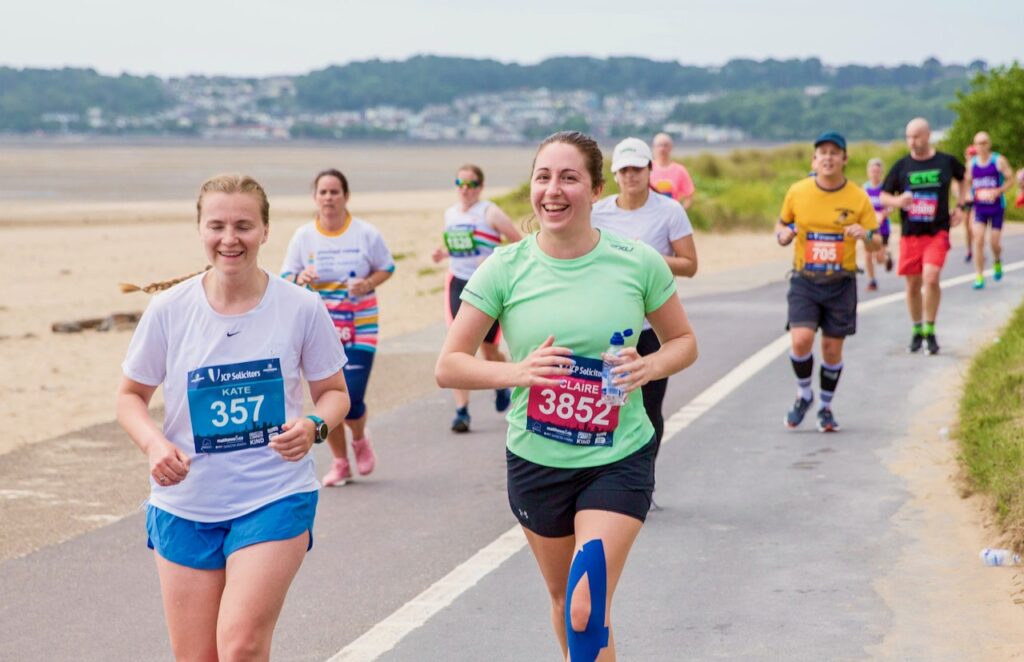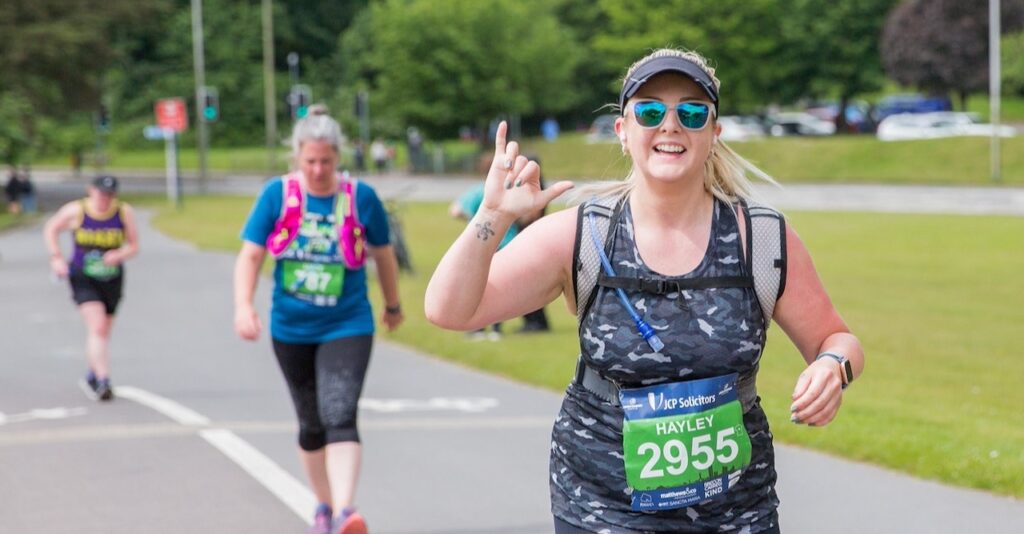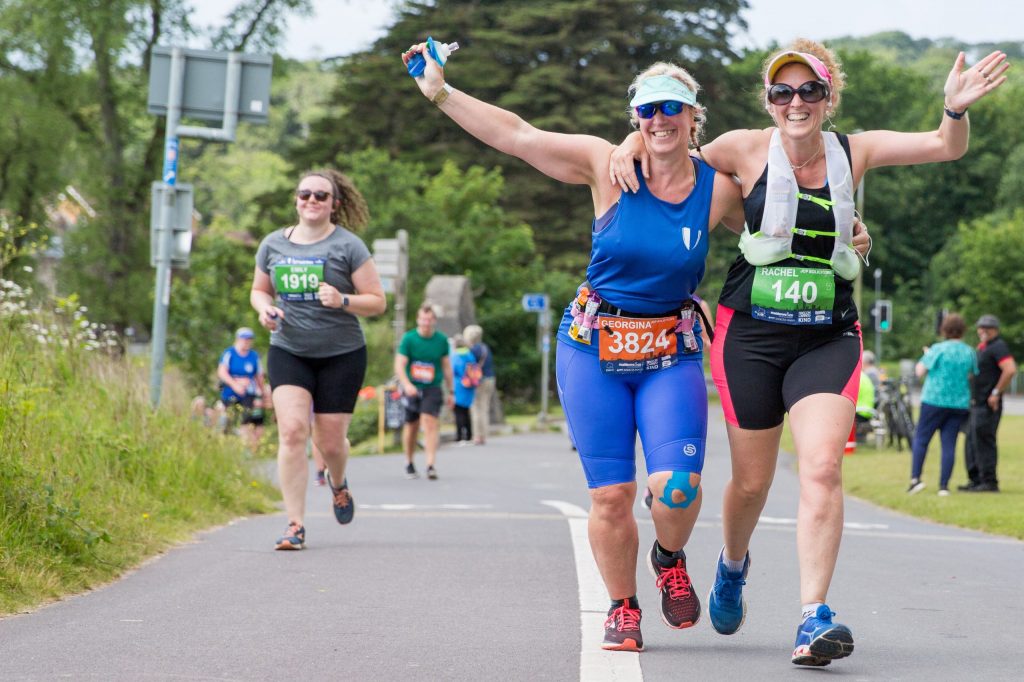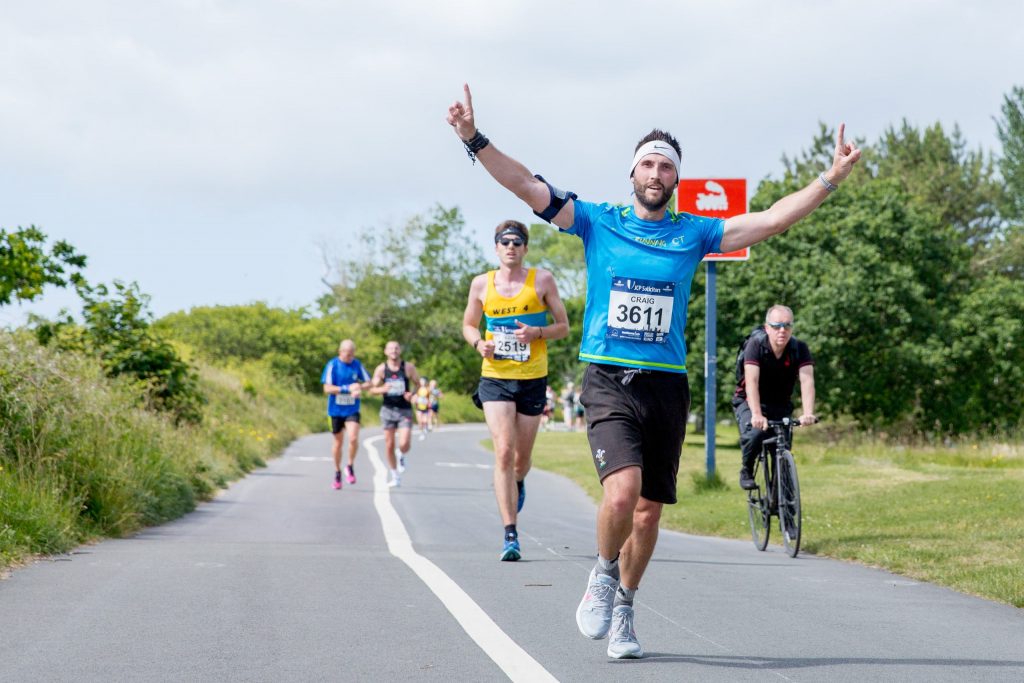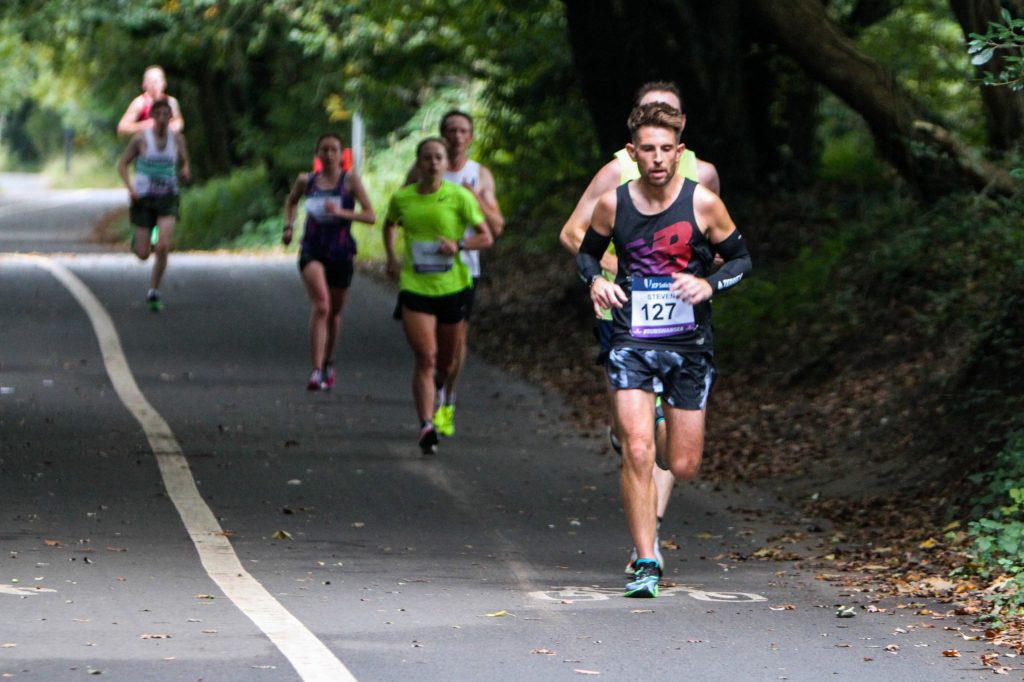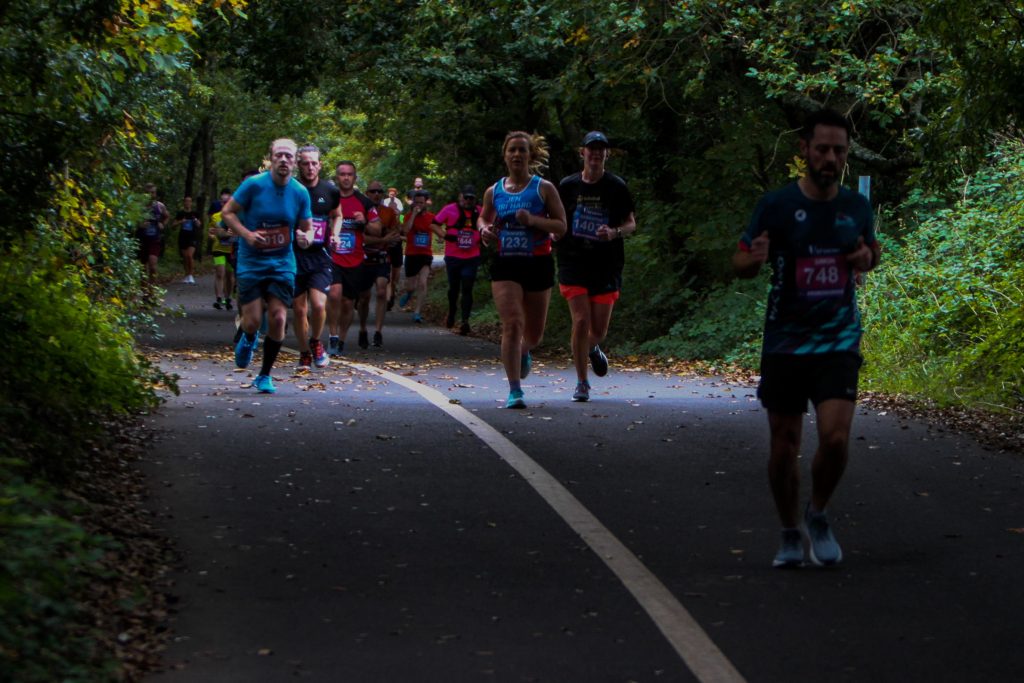

Right now you will be in the third week of your 12-week training plan for the Swansea University Swansea Half Marathon, which takes place this June. Running is a great way of keeping your fitness levels up as well as general health and well-being, but it’s important to stay safe when out training. With thanks to our sponsors at JCP solicitors and their director, Kirsty Meech who also happens to be a keen runner and London Marathon finisher, they’ve put together some top tips to help you stay safe whilst training:
Be seen and bright
Even though spring has finally arrived (better late than never!) it’s important that you stay safe when running on murky days, at dusk, or after dark. This could be by using a head torch, wearing bright reflective clothing and choosing clothing in light colours. You can also purchase reflective bands for arms and legs. This will allow cars and other runners/cyclists to see you and will make yourself known to surrounding traffic.
Run with a friend
There is always ‘safety in numbers’ – grab a friend or family member to go running with you, or if they prefer, cycle alongside you. Otherwise, there are lots of local running clubs that are usually open to new members. Doing this will help encourage you to get those miles in and also make you feel safer.
Use your safety feature
Despite the obvious of telling someone where you are going, you can also use the safety feature on your phone and your smartwatch. Many watches allow you to turn on a live tracker or incident detection, so your friends and family can track your running and know where you are.
Run in busier areas
Pick your route carefully and try not to go on any new paths at night. If you are running after dark, stick to well-lit areas where you know there will be others around. Remember, it’s important to mix things up, if you do try a new route only attempt this during the daylight hours.
Be aware of your surroundings
It’s always important to be aware of what is around you. Uneven ground and obstacles can be tripping hazards, you should also watch out for cyclists and dog walkers on shared footpaths. Why not ditch those headphones to ensure your runs are as safe as they can be? If you need those tunes or podcasts to get you through your long runs then why not try using one headphone or activating transparency mode (available on high-tech devices) – just make sure you can still be alert.
Take your mobile phone and carry ID
Taking your phone on your runs can be very beneficial if you get into an accident or in case of an emergency. It’s useful to take some ID – you can purchase tags to wear on your shoes for this, and add your emergency contact saved as ICE (In Case of Emergency) to your phone. Having your phone is also a good call-in case someone else is injured and you need to contact emergency responders.

